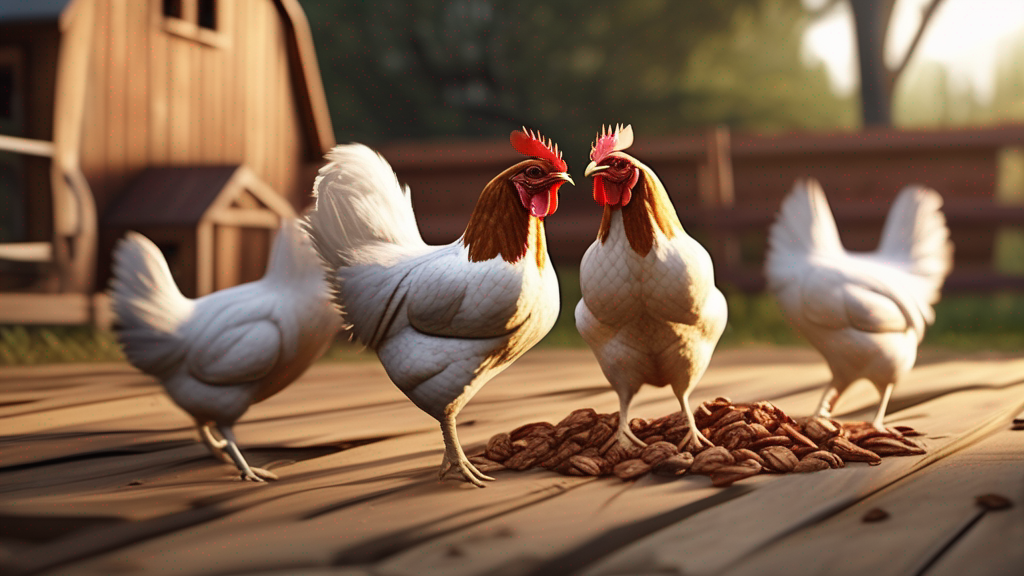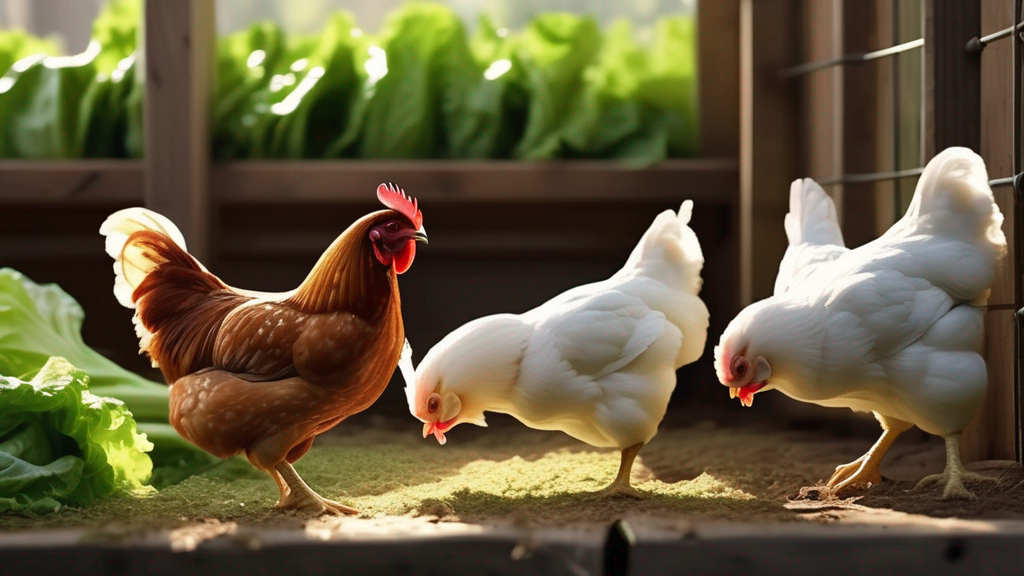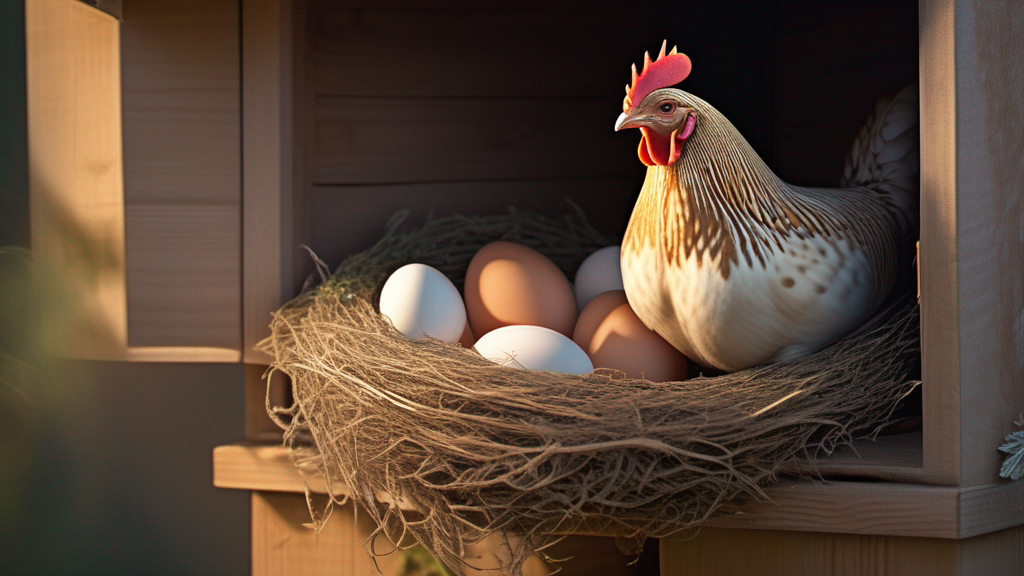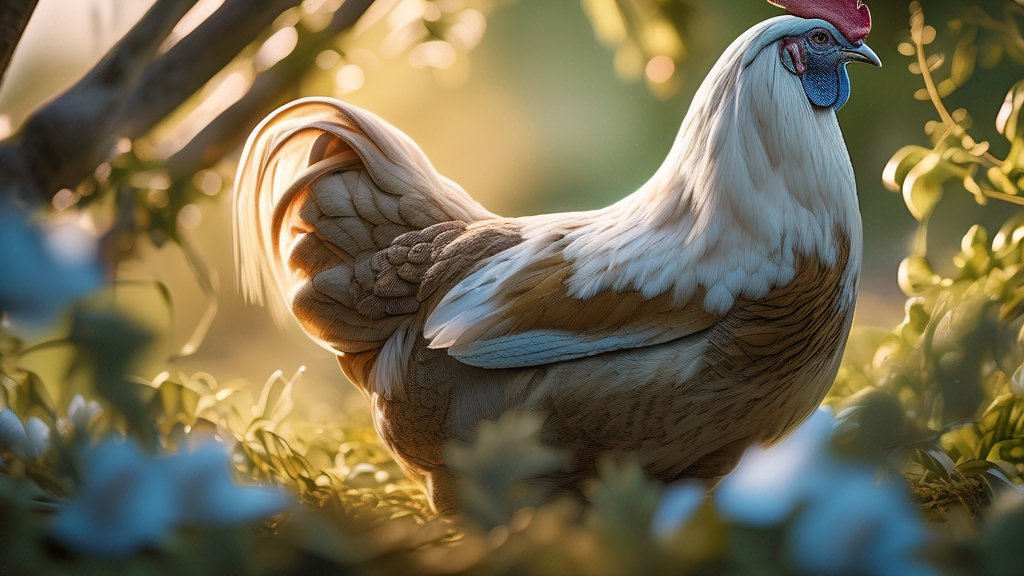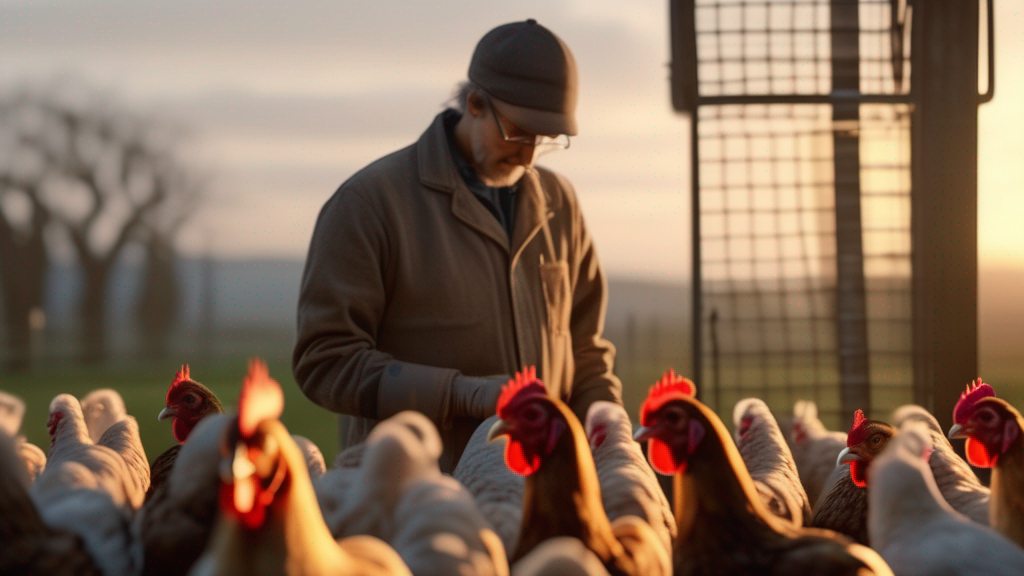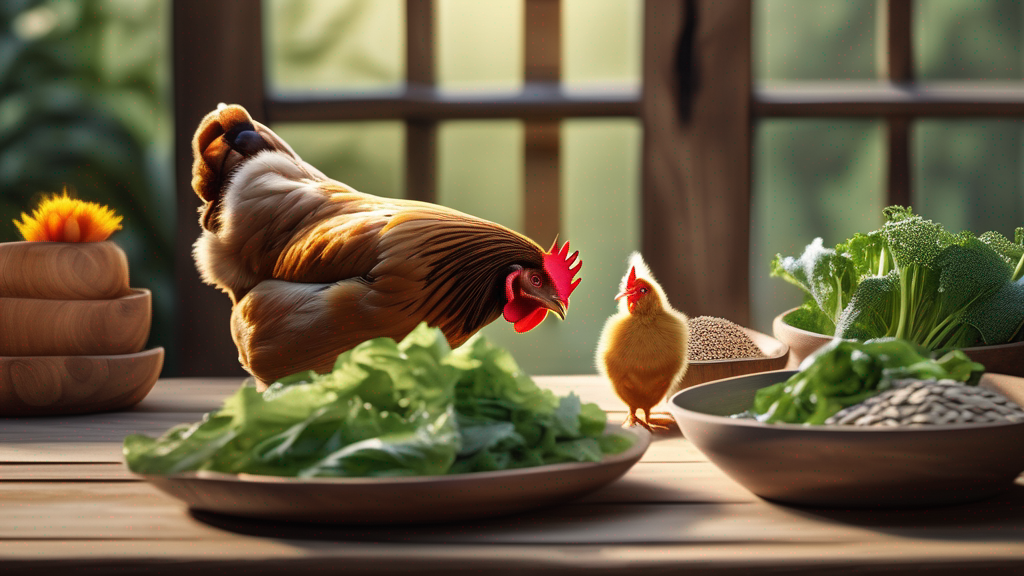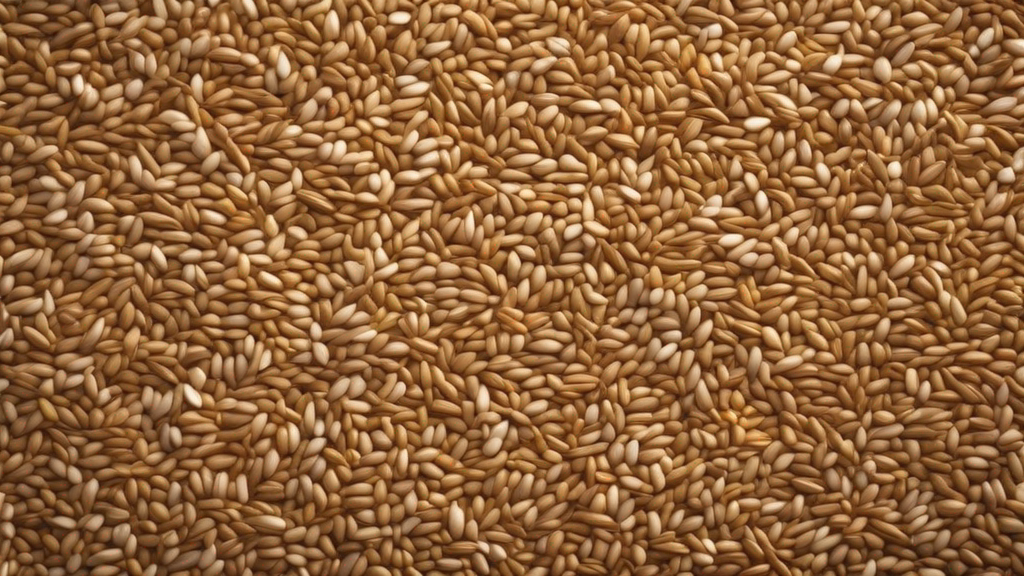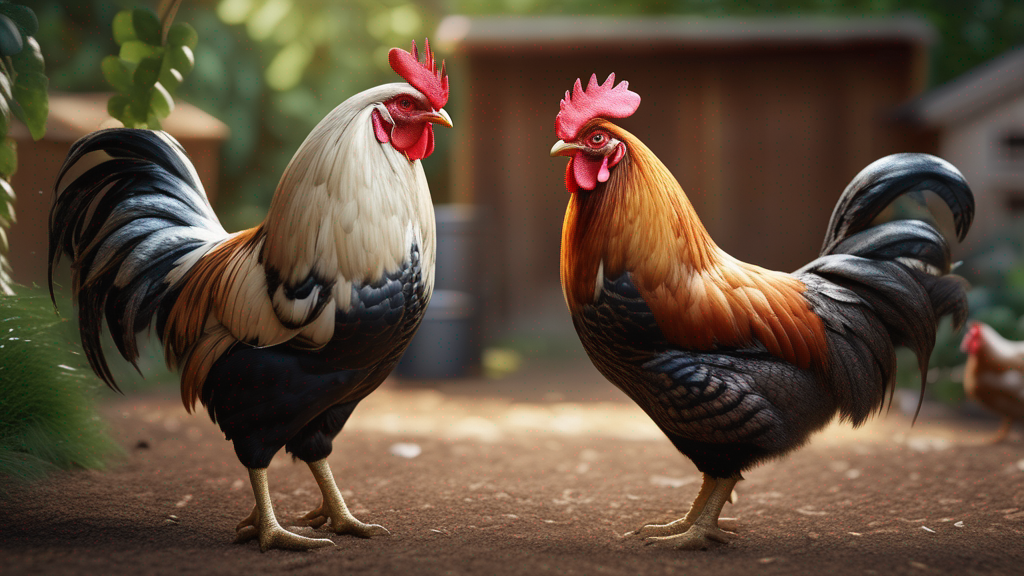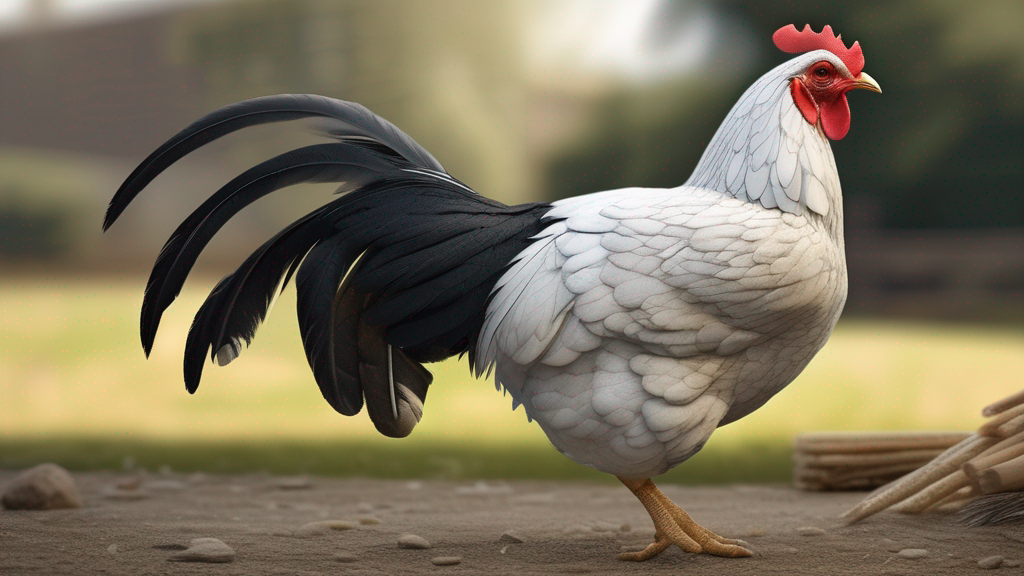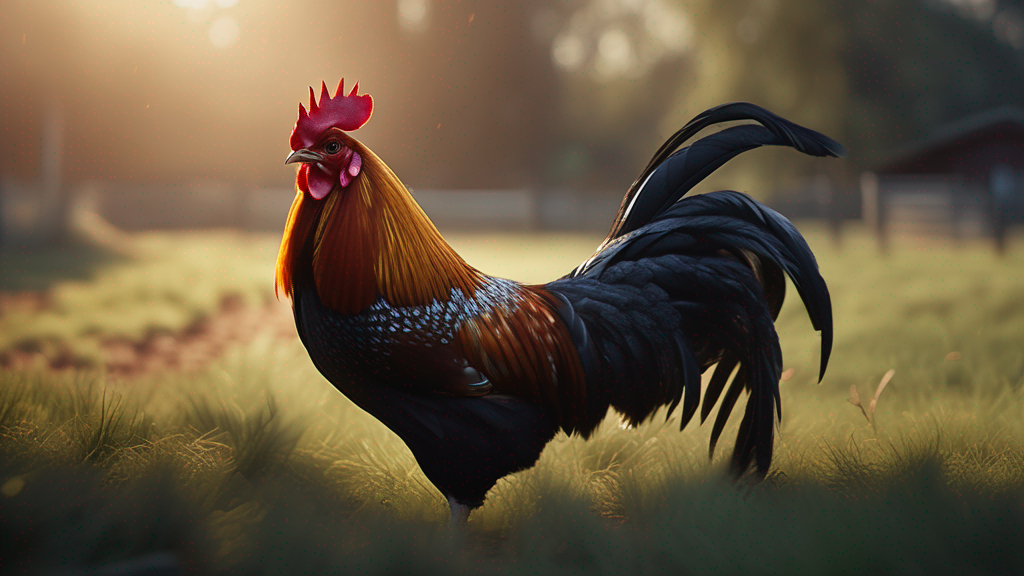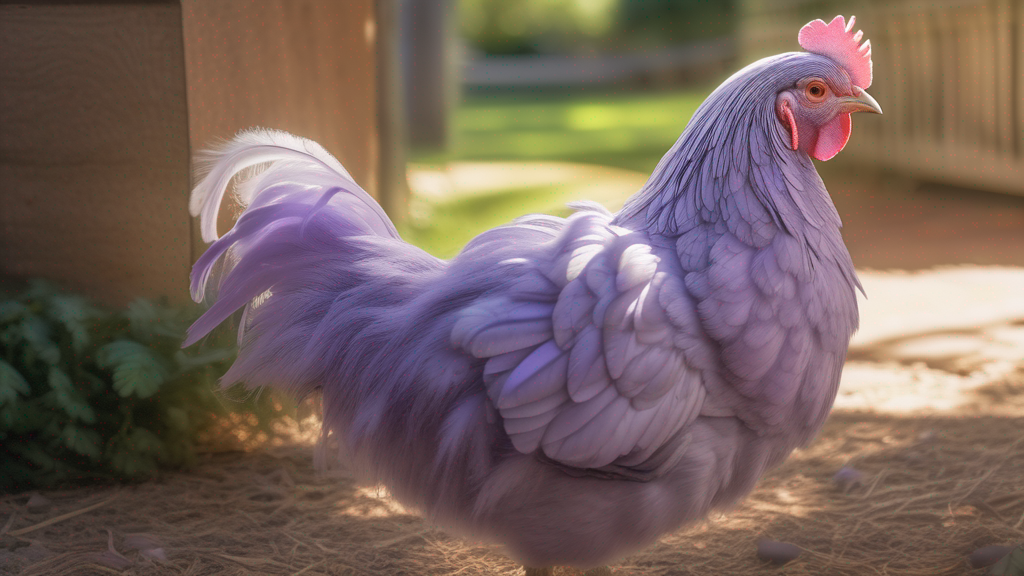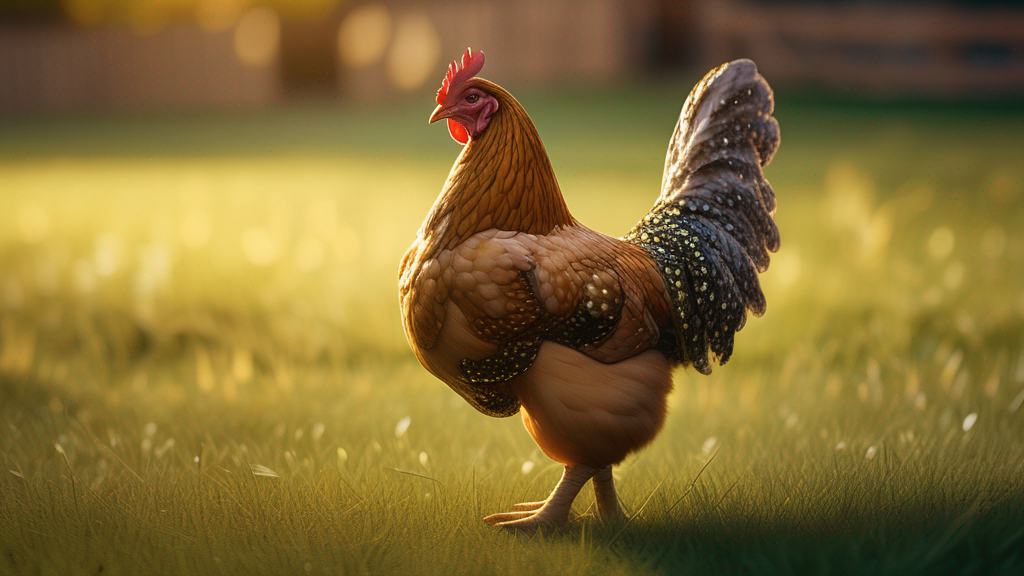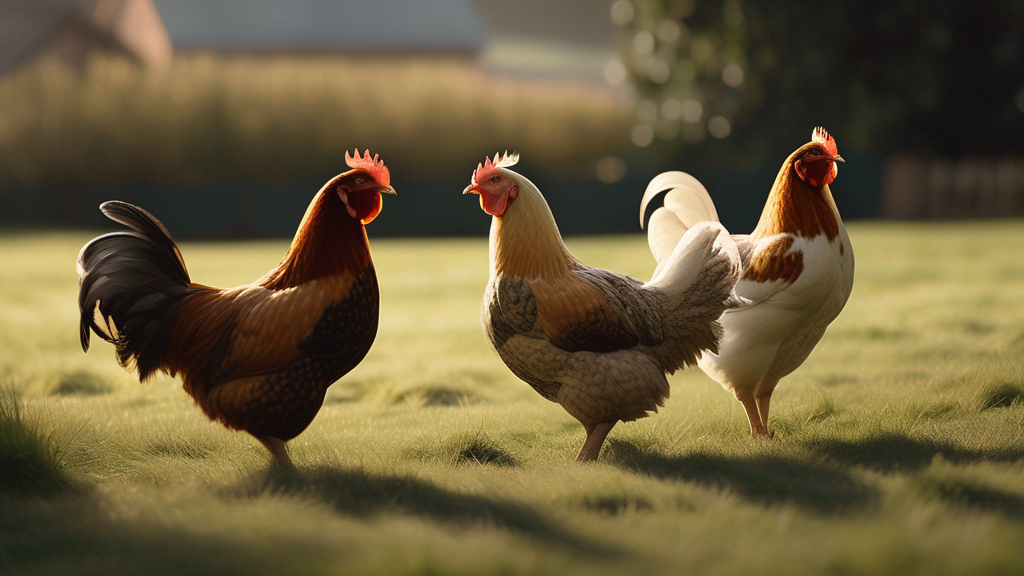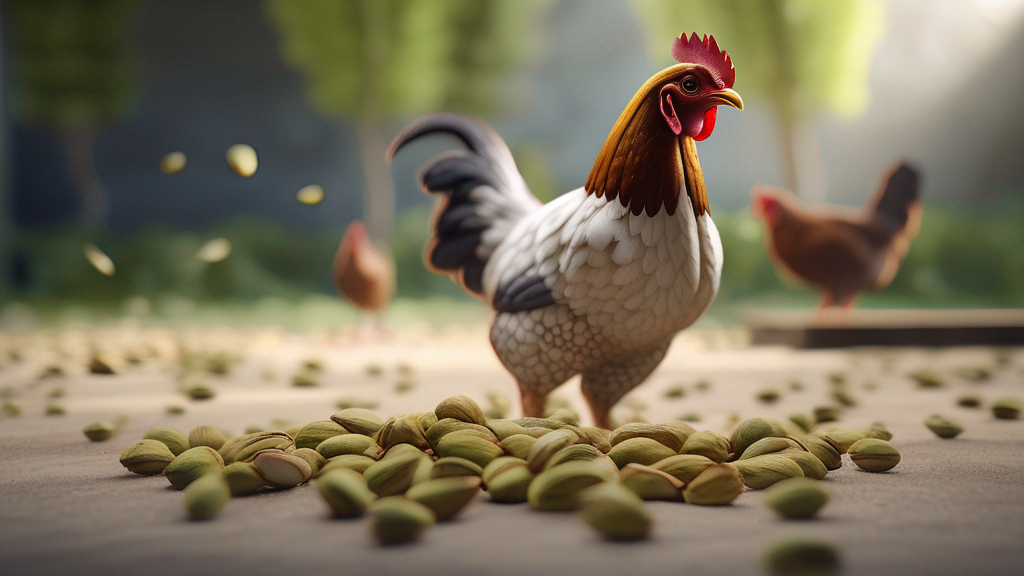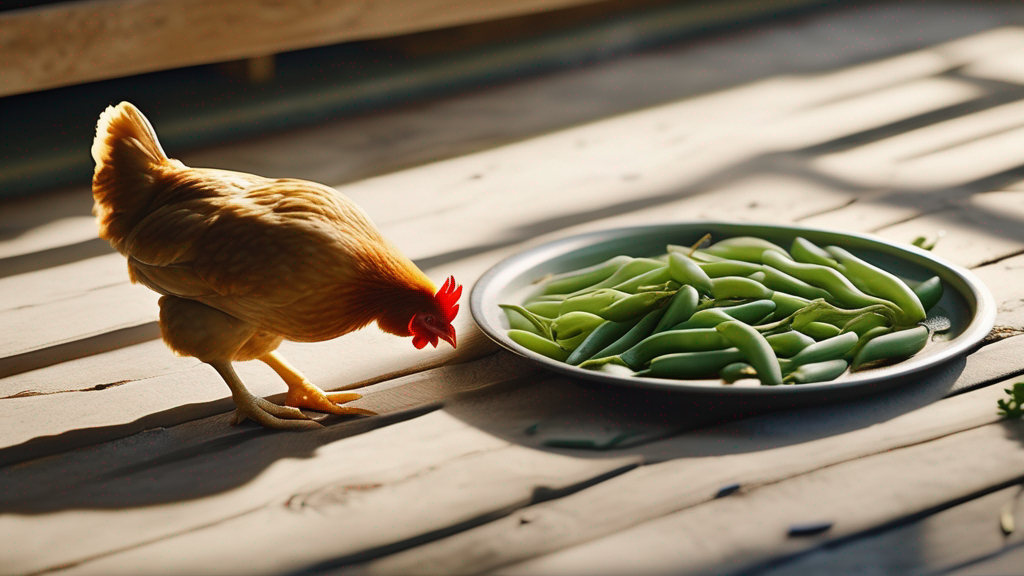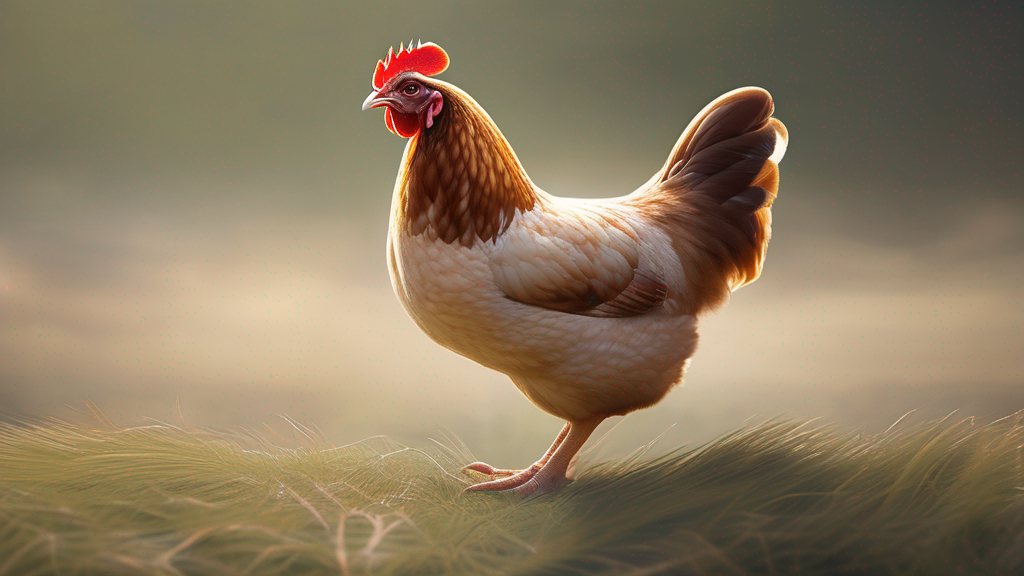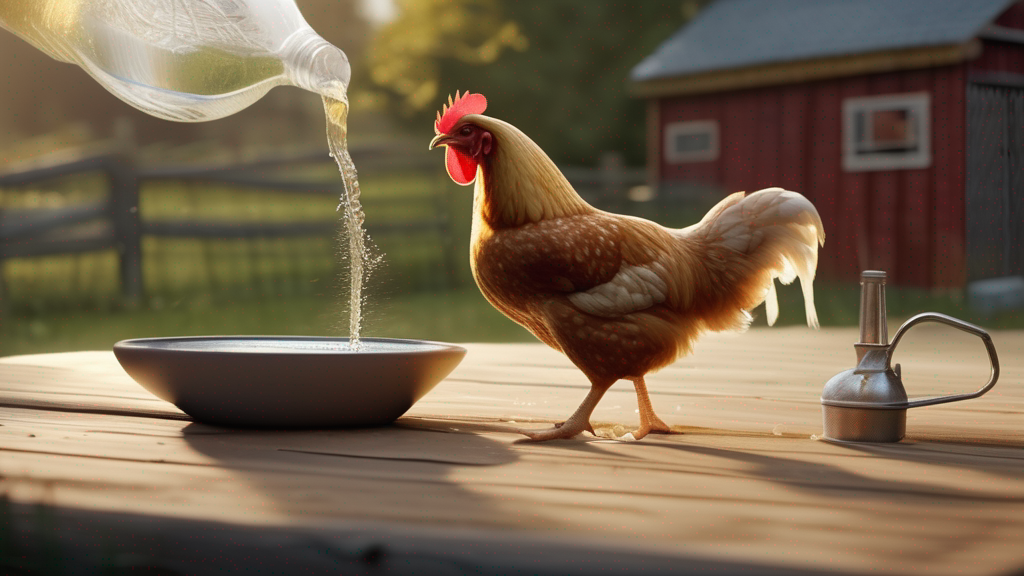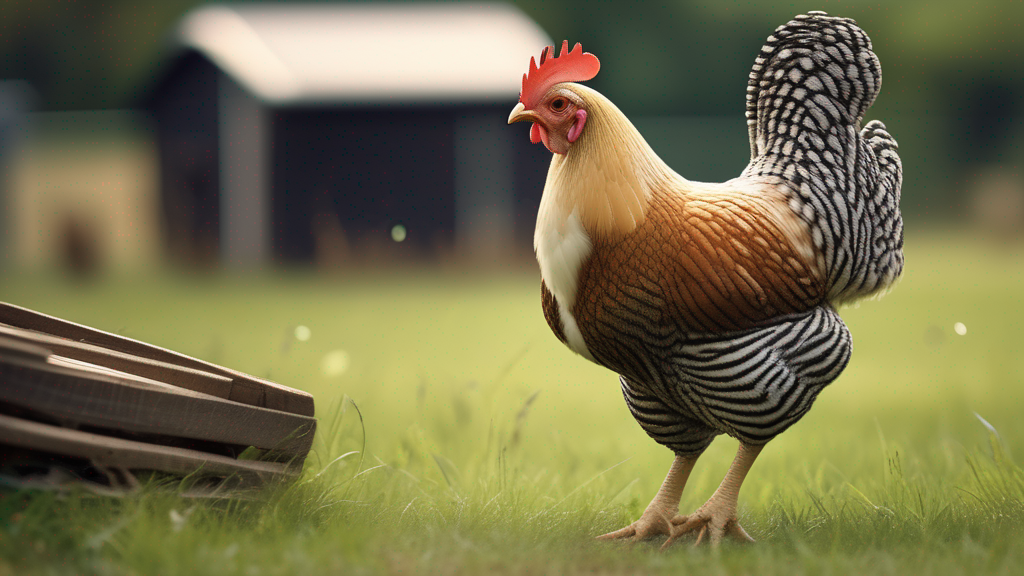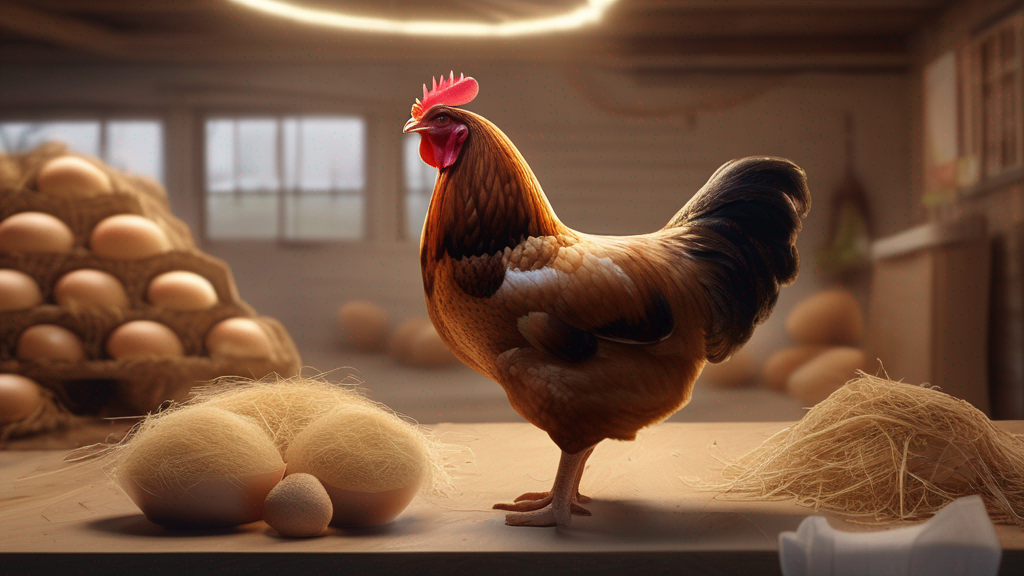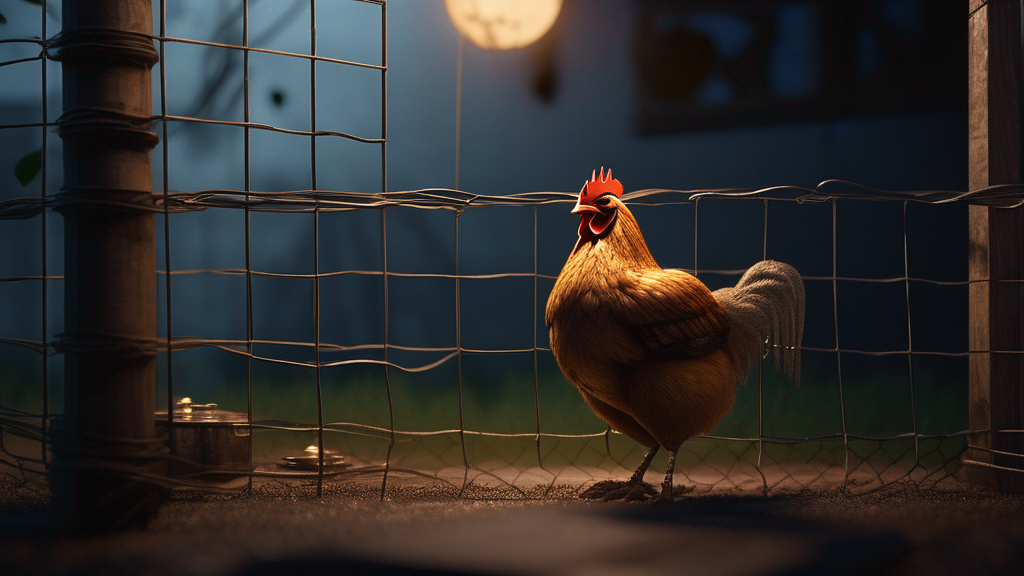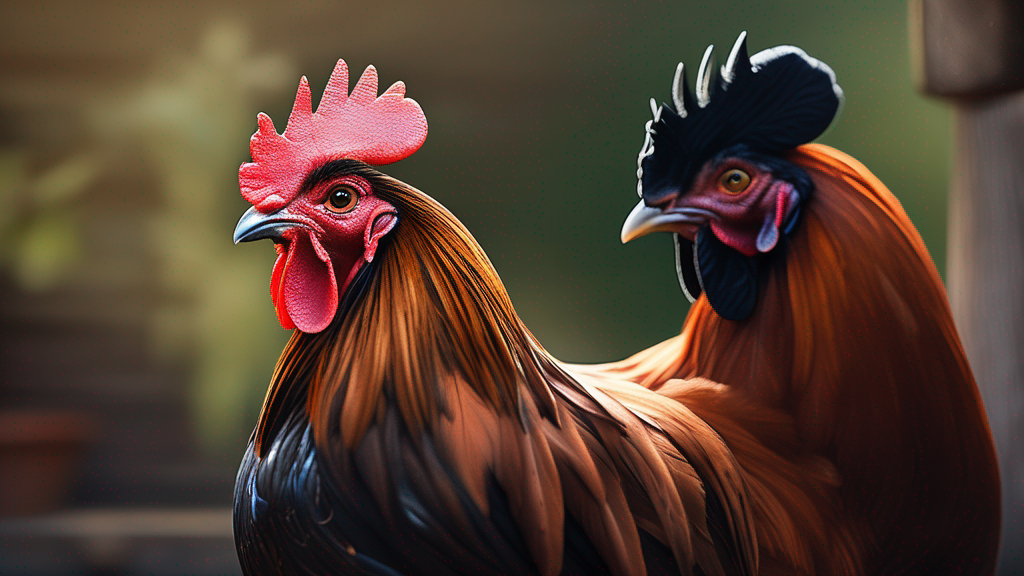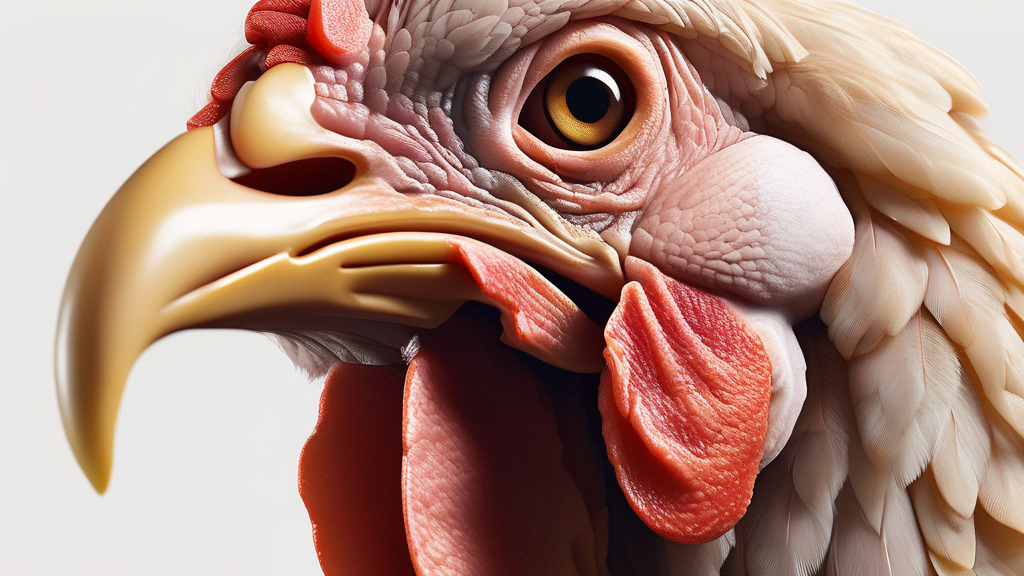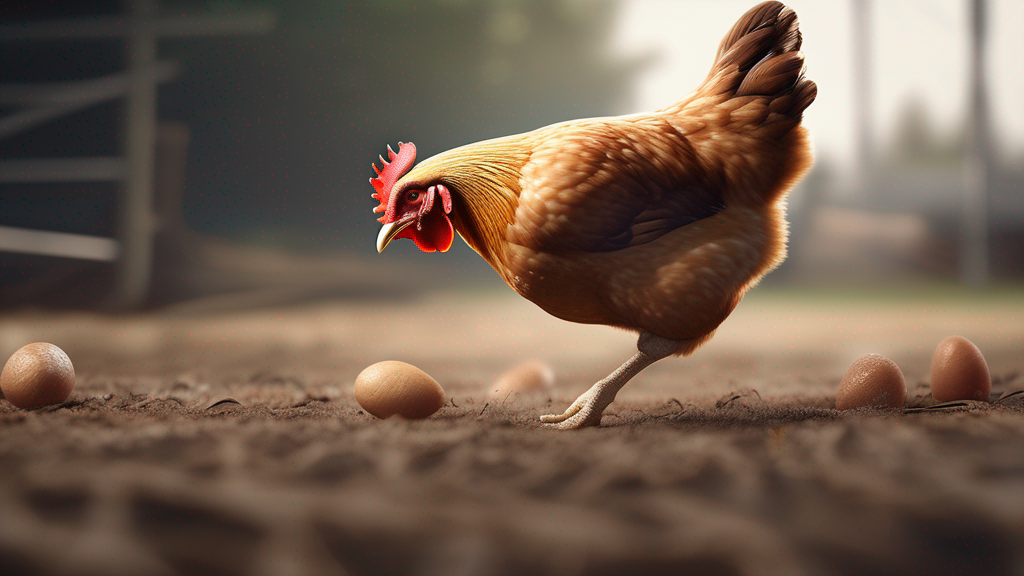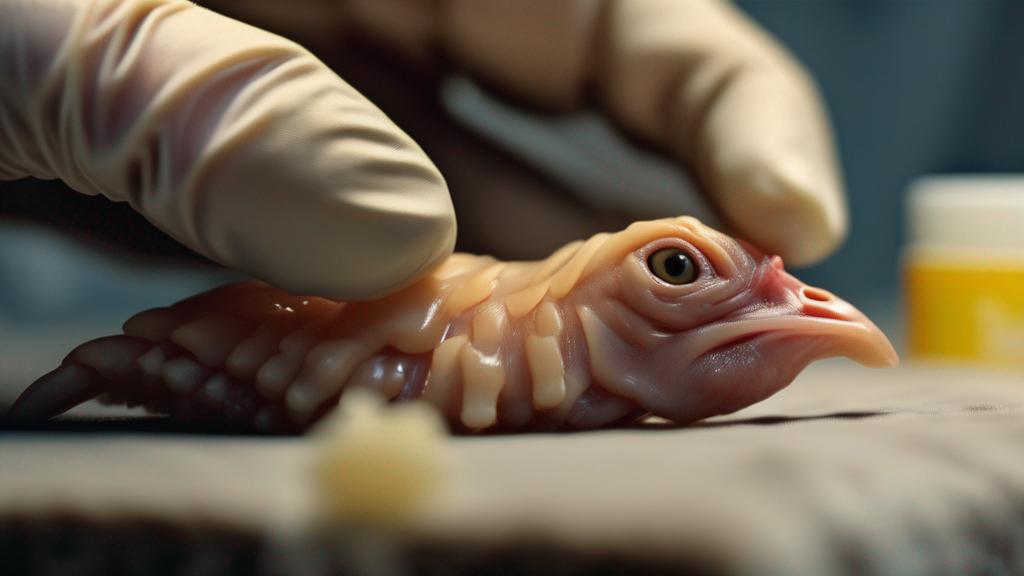Roosters often get a reputation for aggression, but understanding the underlying causes of their behavior can help backyard keepers manage flocks safely and harmoniously. Aggressive displays by roosters range from assertive posturing and warning calls to more serious pecking or chasing incidents. By learning why roosters behave aggressively, recognizing triggers, and applying appropriate management strategies, you can reduce conflicts, protect your birds (and yourself), and foster a balanced flock environment.
1. Evolutionary Roots of Rooster Aggression
Understanding rooster aggression begins with the evolutionary history of chickens. Descended from the red junglefowl (Gallus gallus), male junglefowl compete for territory, mates, and resources in the wild. Aggressive displays—vocalizations, posturing, and combat—help establish dominance hierarchies and ensure reproductive success. Domesticated roosters retain many of these instincts, even in a backyard setting.
Key evolutionary points:
- Territoriality: In nature, male fowl defend territory to secure feeding grounds and attract hens. Backyard coops condense multiple birds into limited space, potentially intensifying territorial behaviors.
- Dominance Hierarchies: Roosters establish and maintain pecking order. Aggressive displays (raised hackles, wing flapping, crowing) signal status and reduce prolonged fights once hierarchy is settled.
- Mate Guarding: Roosters may show aggression to protect hens from rival males, even if no other rooster is present; perceived threats (including humans approaching hens) can trigger defense behaviors.
2. Hormonal Influences & Developmental Stages
Hormones play a major role in shaping rooster behavior. Testosterone surges during sexual maturity intensify territorial and mating-related aggression.
Developmental Timeline:
- Chick Stage (0–6 weeks): Minimal sex-based aggression; social hierarchy begins forming but driven by general pecking behavior among all chicks.
- Juvenile Stage (6–12 weeks): Early comb and wattle development; mild assertiveness may emerge but full aggression remains low.
- Adolescent Stage (12–20 weeks): Testosterone levels rise; roosters may begin crowing and showing mounting or territorial postures. This stage often sees initial skirmishes in mixed flocks.
- Adult Stage (20+ weeks): Hormonal maturity; established dominance hierarchies. Behaviors stabilize but can spike during breeding season or when flocks change composition.
Seasonal hormone fluctuations (often tied to daylight length) can also influence aggression. During breeding season (spring/summer longer days), roosters may become more assertive. In shorter daylight months, aggression may subside somewhat as reproductive drive lessens.
3. Common Triggers of Rooster Aggression
Not all aggression is the same. Some behaviors are normal displays of dominance; others indicate stress or poor management. Common triggers include:
| Trigger | Description | Potential Aggressive Response |
|---|---|---|
| Territorial Intrusion | Perceived threat entering rooster’s domain (other rooster, predator, or human near hens). | Crowing alarm, lunging, chasing intruder away, flapping wings, spurs out. |
| Introduction of New Birds | Adding new chicks, pullets, or roosters disrupts established hierarchy. | Fighting, chasing, pecking at new birds until hierarchy reestablished. |
| Competition for Resources | Scarcity or perceived scarcity of food, water, or perch space. | Aggressive guarding of feeders or waterers; pushing or pecking others away. |
| Mating Behavior | Rooster attempts to mate with hens; some hens resist or avoid. | Mounting attempts followed by chasing; repeated mounting can stress hens. |
| Stress & Fear | Loud noises, predators nearby, sudden changes in environment. | Heightened alertness, alarm calls, defensive aggression toward perceived threat. |
| Human Handling or Approach | Rooster perceives human reaching toward him or his hens. | Warning postures (raised hackles), lunging, spurring at legs. |
| Health Issues | Pain, illness, or injury can make a rooster irritable or easily startled. | Aggressive or defensive behavior when touched; decreased tolerance for disturbances. |
| Boredom or Lack of Enrichment | Limited space or stimuli leads to frustration. | Redirected aggression toward flock-mates or humans; increased pecking order disputes. |
4. Signs & Severity Levels of Aggression
Rooster aggression exists on a spectrum. Recognizing early signs allows intervention before severe conflicts. Common behaviors:
- Low-Level Displays: Upright posture, chest puffed, hackles raised, crowing, wing flapping, circling other birds. These often serve as warning signals in dominance interactions.
- Medium-Level Actions: Chasing, pecking at feathers or skin (non-injurious), mounting hens repeatedly, guarding feed area. Can cause stress but not immediate injury.
- High-Level Aggression: Use of spurs, pecking causing bleeding, persistent attacks on flock-mates or humans, serious fights between roosters. May require separation or management changes.
Monitor frequency and context: occasional low-level displays during hierarchy formation are normal. Persistent or escalating aggression—especially when causing injuries—signals need for action.
5. Breed and Individual Variation
Aggression tendencies vary by breed and individual personality. While genetics influence baseline temperament, early handling and environment also shape behavior.
| Breed Category | Typical Aggression Tendency | Notes |
|---|---|---|
| Game Breeds (e.g., Old English Game) | High | Bred historically for fighting; require experienced management, more likely to show strong territorial/mating aggression. |
| Dual-Purpose Breeds (e.g., Plymouth Rock, Sussex) | Moderate | Generally docile but individual roosters may show assertiveness; manageable with proper socialization. |
| Light Breeds (e.g., Leghorn) | Variable | Some lines flighty and alert, may exhibit nervous aggression when startled; others more tolerant. Handling influences behavior. |
| Ornamental/Toys (e.g., Bantams) | Variable | Smaller size can mask aggression, but bantam roosters may be feisty; careful handling needed. |
| Heritage Breeds (e.g., Orpington, Australorp) | Low to Moderate | Often bred for calm temperaments; many roosters integrate well, though individual variation exists. |
Within any breed, individual roosters may differ: early positive human interaction often reduces fear-based aggression. Sourcing birds with known temperament from breeders can help establish a calmer flock.
6. Environmental & Management Factors
Housing, space, and management practices greatly influence rooster behavior. Stressful conditions often exacerbate aggression.
- Overcrowding: Limited space increases competition for resources, heightening aggression. Recommendation: provide at least 4 sq ft indoor coop space per bird and 8–10 sq ft outdoor run space per bird, more if possible.
- Poor Nutrition: Inadequate diet can weaken birds, leading to irritability. Balanced feed aligned with life stage (starter, grower, layer) and access to grit/water is essential.
- Insufficient Enrichment: Lack of foraging opportunities or perches leads to boredom; enrichment (perches at varying heights, dust-bathing areas, scatter feeding) redirects energy positively.
- Sudden Changes: Introducing new birds, changes in coop layout, or shifting feeders/waterers without gradual acclimation can trigger stress and aggression surges.
- Predator Pressure: Frequent predator sightings or attacks can keep roosters on high alert, leading to heightened defensive aggression even in benign contexts.
- Lighting & Season: Extended daylight (natural or supplemental lighting) increases hormonal activity and breeding drive, which may intensify aggression. Balanced lighting schedule helps moderate seasonal spikes.
7. Management Strategies to Reduce Aggression
Effective management balances meeting roosters’ needs and minimizing conflict triggers. Strategies include:
Space & Environment
- Adequate Space: Provide sufficient coop and run area. Overcrowding is a primary contributor to tension.
- Multiple Resource Stations: Install extra feeders and waterers spaced apart to reduce competition. Scatter feed to encourage foraging and distribute birds.
- Enrichment: Offer perches at varying heights, dust-bathing pits, treat puzzles, hanging vegetables. Boredom reduction helps lower aggression redirected at flock-mates.
- Secure, Calm Environment: Predator-proofing reduces constant stress. Minimize loud sudden noises around coop. Gradual changes in environment (e.g., coop renovations) with temporary partitions allow birds to adjust.
Flock Composition & Introduction
- Rooster-to-Hen Ratio: Aim for approximately 8–10 hens per rooster. Too many roosters for few hens leads to fights; too few hens per rooster can stress hens with excessive mating attempts.
- Introducing New Birds: Quarantine newcomers, then use gradual introduction: visual contact through wire partition before mixing physically. Introduce when flock is occupied (e.g., feeding time) to diffuse initial tension.
- Removing Problem Roosters: If a rooster consistently injures flock-mates or humans, it may need rehoming or separation. Early identification of chronic aggressors prevents wider flock stress.
Diet & Health
- Balanced Nutrition: Provide high-quality feed appropriate to age and production stage. Ensure constant access to clean water. During molt or cold weather, supplement protein or energy slightly, but avoid overfeeding treats that cause obesity.
- Health Monitoring: Illness or injury can make a rooster irritable. Regular health checks allow prompt treatment. Isolate sick birds to avoid triggering defensive aggression when touched.
- Lighting Management: Mimic natural daylight cycles; avoid excessive artificial lighting that extends perceived day length beyond ~14–16 hours, which can spike reproductive hormones and aggression.
Behavioral Interventions
- Positive Handling: Early gentle handling of chicks and pullets helps roosters remain accustomed to human presence. For established roosters, consistent calm interactions (e.g., offering treats from hand) build trust and reduce fear-based aggression.
- Distraction Techniques: During potential conflict triggers (e.g., introducing new bird), use treat scattering or novel enrichment to distract and occupy roosters.
- Visual Barriers: If two roosters fight frequently, partial partitions in run allow birds to see but not physically clash until settled. Gradually remove barrier as hierarchy stabilizes.
- Separate Time-Out Areas: For a temporarily overprotective rooster, provide a separate enclosure for a cooling-off period, then reintroduce carefully.
8. Training, Socialization & Handling Tips
While roosters cannot be “trained” like dogs, consistent positive interactions and socialization can moderate fearful or overly assertive behavior.
Early Socialization
- Chick Handling: Gentle handling from day-old reduces fear of humans. Hold chicks close to body and speak softly to accustom them to touch.
- Exposure to Variety: Introduce mild novel stimuli (different objects, gentle noises) in a controlled way so roosters learn to remain calm under varied circumstances.
Handling Mature Roosters
- Respect Personal Space: Approach calmly, avoid sudden movements. Offer treats so the rooster associates your presence with positive outcomes.
- Foot Handling Practice: Some keepers practice gently picking up roosters for health checks, so birds do not panic when handled. Perform during calm times, using minimal restraint at first.
- Assertive—but Not Harsh: Roosters respect consistent handler behavior. If a rooster lunges, remain calm, retreat slightly, and resume gentle interactions later. Harsh punishment may escalate fear- based aggression.
Discouraging Undesirable Behavior
- Nonviolent Deterrents: When a rooster lunges or spurs, use a soft barrier (e.g., holding a board between you and rooster) rather than hitting. This teaches boundaries without causing fear-driven escalation.
- Redirecting Energy: When rooster shows early signs of aggression (posturing), toss treats or engage in foraging activity to shift focus.
- Consistent Routine: Roosters thrive on predictable schedules—feeding, free-range times, and coop routines. Unpredictable changes can raise stress and aggression.
9. Case Studies & Keeper Experiences
Case Study 1: Single Rooster in a Small Flock
Scenario: Backyard keeper has one Rhode Island Red rooster with 8 hens. Initially, the rooster showed mild chasing but no injuries.
Intervention: Keeper provided two feeders spaced apart, added extra perches for hens to escape if chased, and introduced enrichment (hanging cabbage, treat scattering). During high breeding season, rooster’s chasing peaked; keeper scattered treats to distract and increased supervised free-range time so hens could escape into shrubs if needed.
Outcome: Aggression remained low-level; hens showed minimal stress. The keeper noted more calm behavior when routine remained consistent and enrichment plentiful.
Case Study 2: Introducing a New Rooster
Scenario: Flock had one aging rooster; keeper introduced a younger rooster to maintain fertility. Initial confrontation was intense.
Intervention: New rooster was quarantined, then placed in adjacent pen for 7 days allowing visual contact without physical access. Keeper fed both flocks simultaneously on opposite sides of a fence to associate positive feeding times. After a week, a brief introduction during feeding time allowed initial pecking order skirmishes but prevented serious fights due to distraction. Keeper monitored and separated if injuries occurred.
Outcome: After several days of gradual introductions, the two roosters established a hierarchy with occasional low-level displays but no severe fighting. Hens remained accessible. Keeper maintained multiple feeding stations and extra perches to reduce tension.
Case Study 3: Managing a Highly Protective Rooster
Scenario: A keeper had a Black Australorp rooster that became overly protective, lunging at anyone approaching the hen nesting area.
Intervention: Keeper set up a visual barrier around nest boxes so the rooster could not see humans near nesting hens. During egg collection, keeper wore protective leggings and approached quietly, using treats to lure hens away from nest before checking eggs. The rooster was given designated free-range times separate from nesting check times to reduce direct confrontations.
Outcome: Rooster’s stress and aggressive lunging reduced significantly when visual triggers were removed. Keeper continued treating rooster positively at non-nest times, reinforcing calm association with human presence.
10. Frequently Asked Questions (FAQs)
Q1: Is rooster aggression normal?
A: Some level of assertiveness is normal as roosters establish dominance and protect hens. Low-level posturing, crowing, and occasional chasing fit natural behavior. However, persistent aggression causing injuries or undue stress must be managed.
Q2: How many hens per rooster is ideal?
A: A common guideline is 8–10 hens per rooster. This ratio balances mating opportunities without overburdening hens or inciting excessive competition among roosters.
Q3: Can I tame a very aggressive rooster?
A: Taming depends on individual temperament. Early socialization helps; for an already aggressive adult, consistent calm handling, positive reinforcement (treats), and environmental management (barriers, enrichment) may reduce aggression but may not eliminate it. In extreme cases, rehoming or culling may be necessary for safety.
Q4: Should I remove a rooster that injures hens?
A: Yes, if a rooster repeatedly injures hens or humans despite management efforts, removal is often the safest option. Chronic aggression leads to stress, injury, and lowered productivity in hens. Consider rehoming to experienced keepers or humane culling if no alternative.
Q5: How do I introduce new birds without fights?
A: Quarantine newcomers, then use gradual introductions: visual contact through fencing, simultaneous feeding on opposite sides to create positive associations, supervised physical meetings during distractions (treats). Provide escape routes for subordinate birds until hierarchy stabilizes.
Q6: Can I reduce aggression by trimming spurs?
A: Spur trimming can reduce injury severity during fights but does not eliminate underlying aggression. Only trim spurs safely (using proper tools and sedation if needed) or pad spurs to blunt tips. Always combine with broader management strategies.
Q7: Does supplemental lighting affect aggression?
A: Yes. Longer daylight (natural or artificial) increases reproductive hormones, which can intensify territorial and mating behaviors. Mimicking natural light cycles (gradually increasing/decreasing light) helps moderate hormonal surges. Avoid excessively long artificial lighting periods.
Q8: How do I know if aggression is due to health issues?
A: Monitor for sudden changes: a previously calm rooster becoming irritable may indicate pain or illness. Check for injuries, parasites, or illness signs (lethargy, appetite loss). Consult a poultry veterinarian for diagnosis and treatment, then reassess behavior once health improves.
11. Conclusion
Rooster aggression stems from evolutionary instincts, hormonal drives, breed tendencies, environmental factors, and individual personality. While some assertiveness is natural and helps maintain flock structure, unmanaged aggression can lead to injuries, stress, and safety concerns. By understanding the root causes—territoriality, mating drives, resource competition, stressors—and recognizing early signs, keepers can apply targeted management: providing adequate space, enrichment, balanced nutrition, gradual introductions, positive handling, and, when necessary, rehoming problem roosters.
Successful rooster management balances respect for their natural behaviors with proactive measures to minimize conflict. Ensuring a stable environment, consistent routines, and enrichment opportunities reduces boredom and stress, lowering the likelihood of severe aggression. When adding or removing birds, following gradual introduction protocols maintains flock harmony. Early socialization, calm handling, and careful observation throughout developmental stages help shape well-mannered roosters.
Ultimately, a well-managed rooster contributes positively: guarding hens, alerting keepers to dangers, and enhancing the overall dynamics of a backyard flock. Understanding why roosters behave aggressively is the first step toward fostering a safe, balanced, and productive environment for all birds and their caretakers.
For more insights on poultry behavior, coop design, and flock management, visit our Poultry Behavior Hub and Flock Management Resources. Share your experiences or questions in the comments to help fellow keepers navigate rooster temperament challenges!
